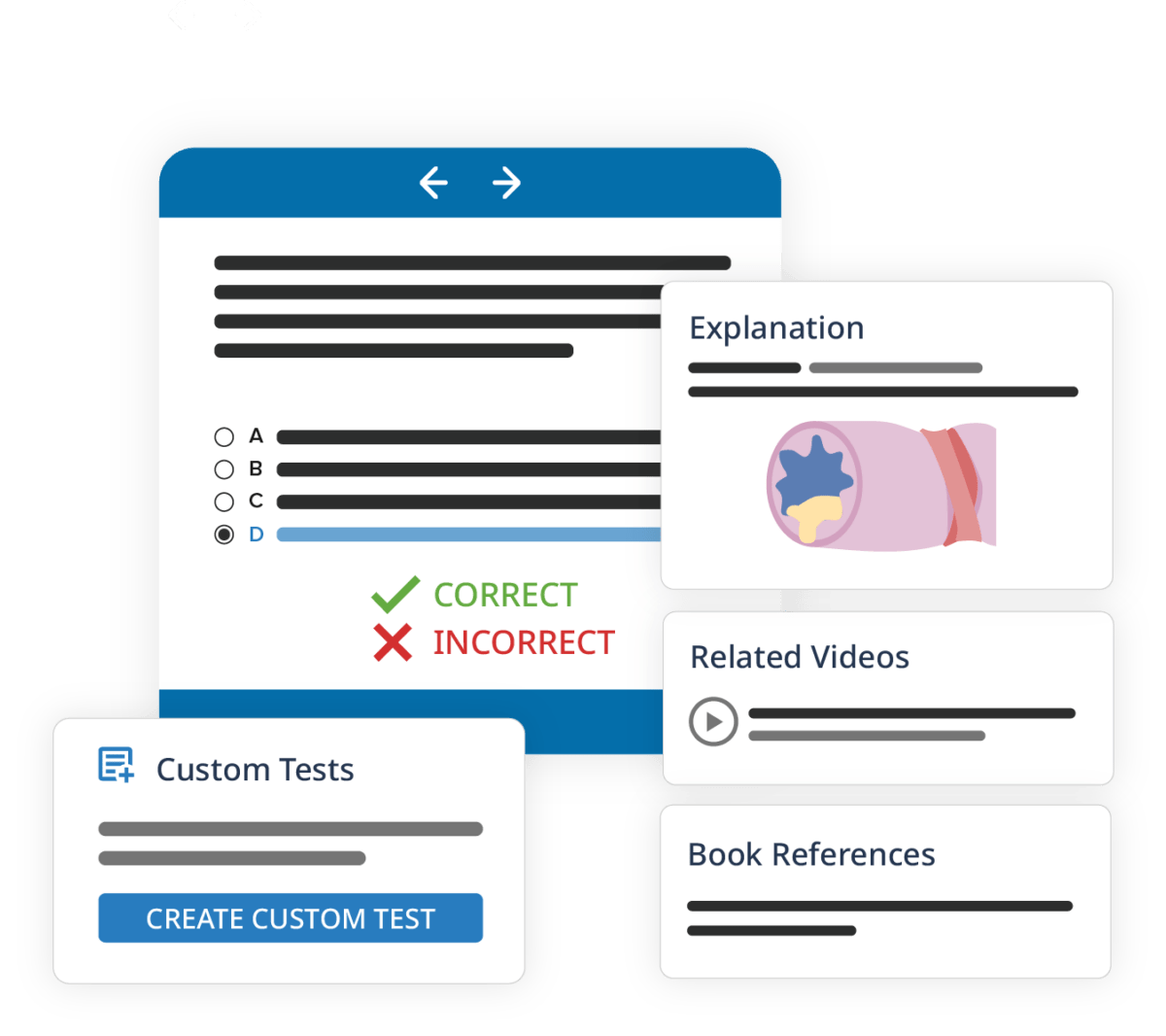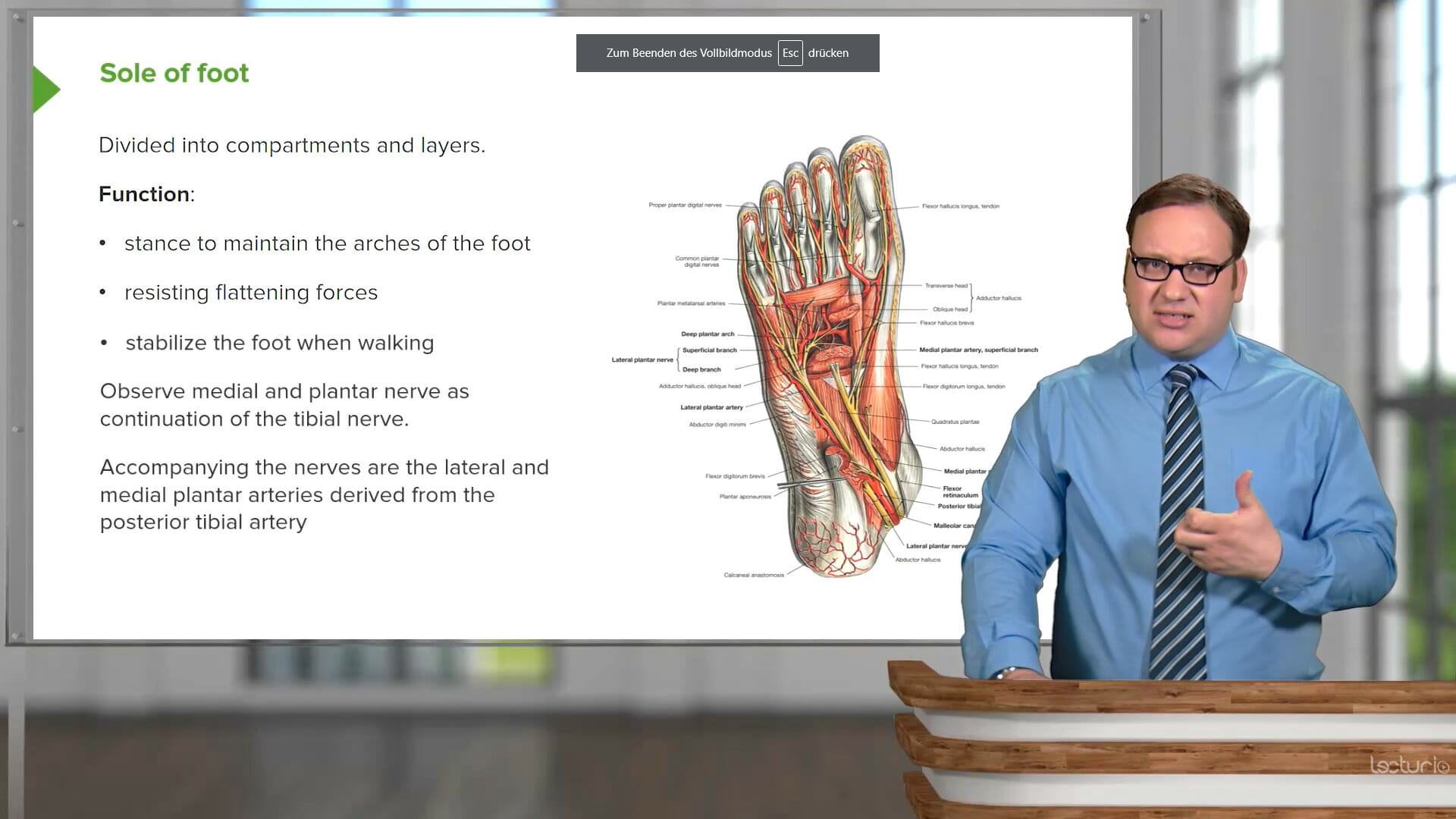For many nursing graduates, the single biggest source of anxiety before their boards isn’t a specific topic like pharmacology or pediatrics; it’s the format of the exam itself. After years of taking traditional multiple-choice tests, the idea of an exam that actively adapts to the test-taker can feel foreign and unpredictable. This Computer-Adaptive Testing (CAT) format is used for both the NCLEX-RN for registered nurses and the NCLEX-PN for practical/vocational nurses, and it’s a common source of stress for candidates of both exams.
For any student feeling that anxiety, it’s important to know you’re not alone. This guide will eliminate that mystery. It will explain exactly how the NCLEX CAT exams work and provide a clear, actionable strategy for preparation. By understanding the logic of the CAT, any student can build a study plan that prepares them for both the content and the format, significantly boosting their confidence for test day.
What Exactly Is a Computer-Adaptive Test?
Before diving into the NCLEX specifically, it’s helpful to get a clear picture of what a CAT is. A fitting analogy is to imagine a personal trainer who adjusts a workout in real-time. If you lift a 20-pound weight easily, they don’t have you do it a hundred more times; they hand you a 25-pound weight to find your true strength. If you struggle with the 20-pounder, they might have you try 15 pounds to ensure your form is correct before moving up. A CAT does the same thing for a test-taker’s nursing knowledge.
The core purpose of this format isn’t to trick you. It’s actually designed to determine a candidate’s competency level as efficiently as possible. On a traditional, static exam, you might answer 50 questions that are far too easy and 50 that are far too hard, giving the test a blurry picture of your actual abilities. The CAT zeroes in on a specific ability level, saving you from answering dozens of questions that don’t add value to the assessment.
How the NCLEX CAT Exams Really Works
The NCLEX CAT system is built on a few key rules that determine everything from the difficulty of questions to the length of the exam.
The 95% Confidence Interval Rule explained simply
This is the most crucial concept to understand. The NCLEX’s main goal is to be 95% certain that a candidate’s ability is either above the passing standard (a pass) or below it (a fail). Every time a question is answered, the computer re-calculates its estimate of the test-taker’s ability. The exam ends as soon as that 95% confidence level is reached.
What determines the number of questions you get?
This 95% rule is directly responsible for the wildly different experiences students have with the length of the exam. There are two main scenarios:
- The Early Finish (85 Questions): If a candidate’s answers are consistently well above the passing standard, the computer can quickly become 95% sure they are competent, and the test will end. The same is true if answers are consistently far below the standard, resulting in a fail.
- Going the Distance (150 Questions): If a candidate’s performance is hovering very close to the passing line, the computer needs more information to achieve 95% confidence. It will continue asking questions until it reaches the maximum of 150. At that point, it uses overall performance to make a final determination. Getting the max number of NCLEX questions is not an automatic fail; it just means the test needed all possible data.
Decoding the difficulty: what it means when questions get harder or easier
A common mental trap for students is to panic when they get a question that feels surprisingly easy after a string of difficult ones. It is important to reframe what this means:
- When questions get harder: This is a good sign. It means you are answering correctly, and the computer is challenging you to find the upper limit of your knowledge.
- When questions get easier: This is not a sign of failure. The system is simply recalibrating to pinpoint an exact competency level. It’s an opportunity to answer correctly and push the difficulty level back up.
A Strategic Plan for NCLEX CAT Exam Prep
Knowing how the test works is half the battle. The next step is building a study plan to conquer it.
Step 1: Solidify your core nursing knowledge
First things first: no amount of test-taking strategy can replace a weak foundation. The CAT is just a delivery system; a student’s core nursing knowledge from coursework and clinicals is still the most important element. Before worrying about adaptive algorithms, it’s essential to be confident in that fundamental knowledge.
Step 2: Move beyond traditional practice questions
Standard question banks are fantastic for content review. However, they don’t fully prepare a student for the unique experience of the NCLEX CAT exams. They don’t simulate the feeling of the difficulty changing, nor do they build the mental endurance required for a potentially five-hour exam. To be truly prepared, practice must take place in an environment that mimics the real thing.
Step 3: Integrate a realistic NCLEX CAT practice test
This is the most important action step in the final prep stages. While finding an NCLEX practice test free of charge can be a good starting point to get a basic feel for the format, investing in a comprehensive simulation that mirrors the real exam’s algorithm and provides detailed analytics is a crucial step in a serious preparation plan.
A great NCLEX CAT practice exam will allow you to:
- Experience the Format: This is the single best way to remove the fear of the unknown. When you’ve already seen how questions adapt, you won’t be surprised on test day.
- Build Mental Stamina: You need to know what it feels like to stay focused for several hours. Simulating a full-length exam helps you build the endurance to avoid making simple mistakes due to fatigue.
- Receive a Realistic Pass/Fail Prediction: A high-quality CAT simulation can serve as the ultimate final check of your readiness, transforming an abstract feeling of being “prepared” into a concrete, data-driven result.

Step 4: Develop your mental endurance and test-day mindset
During your practice test, work on your mental game. Don’t watch the question counter. Train yourself to focus on only one question at a time: the one directly in front of you. Practice taking deep breaths and manage your time effectively, just as you would on the actual exam day.
You Can Conquer the NCLEX CAT
The NCLEX CAT is designed to be a challenging and precise exam, but it is not an insurmountable obstacle. The key is to replace anxiety with understanding and to supplement knowledge with a smart, format-focused strategy. By familiarizing yourself with how the test works and using realistic practice tools, any student can walk into the testing center feeling not just knowledgeable, but truly prepared.




